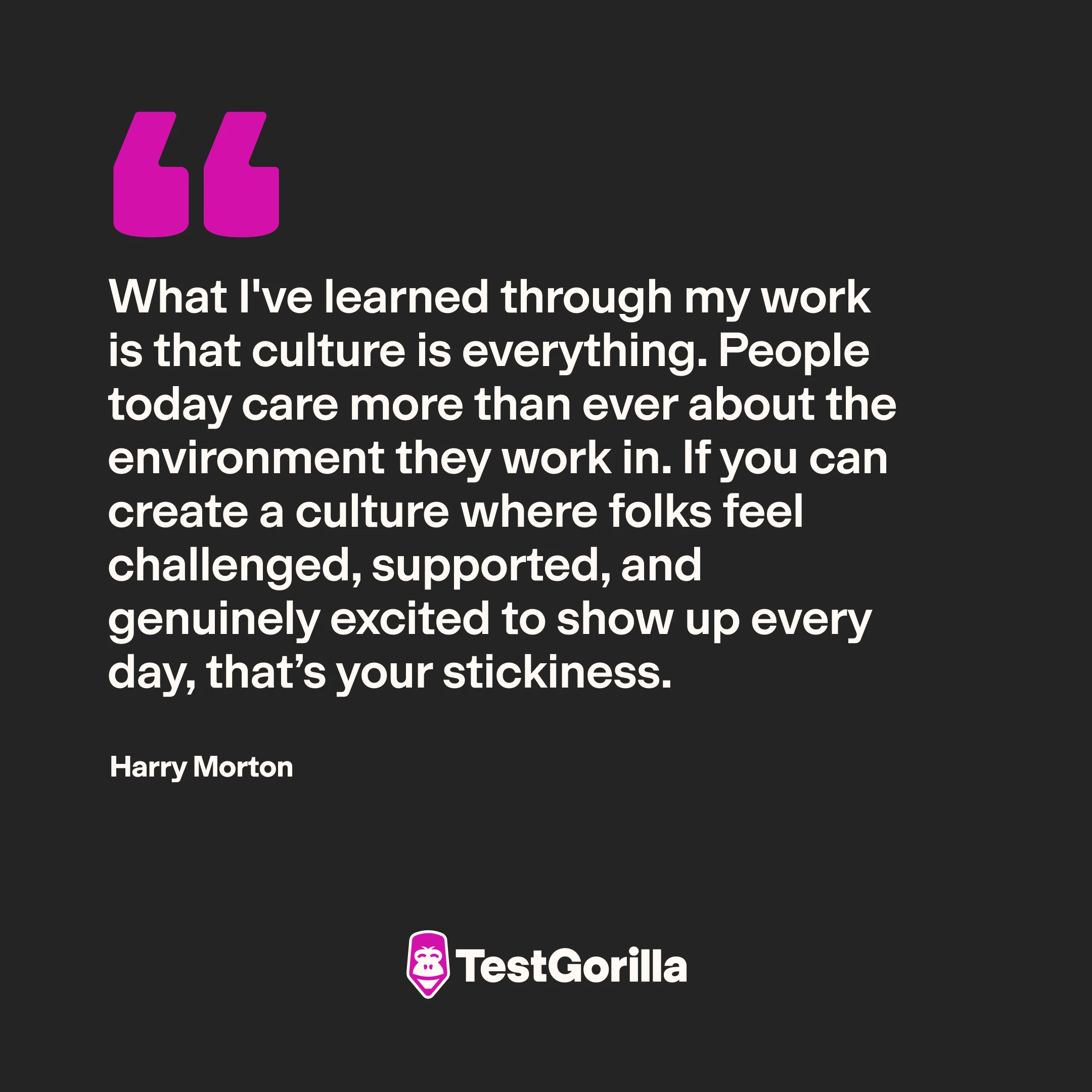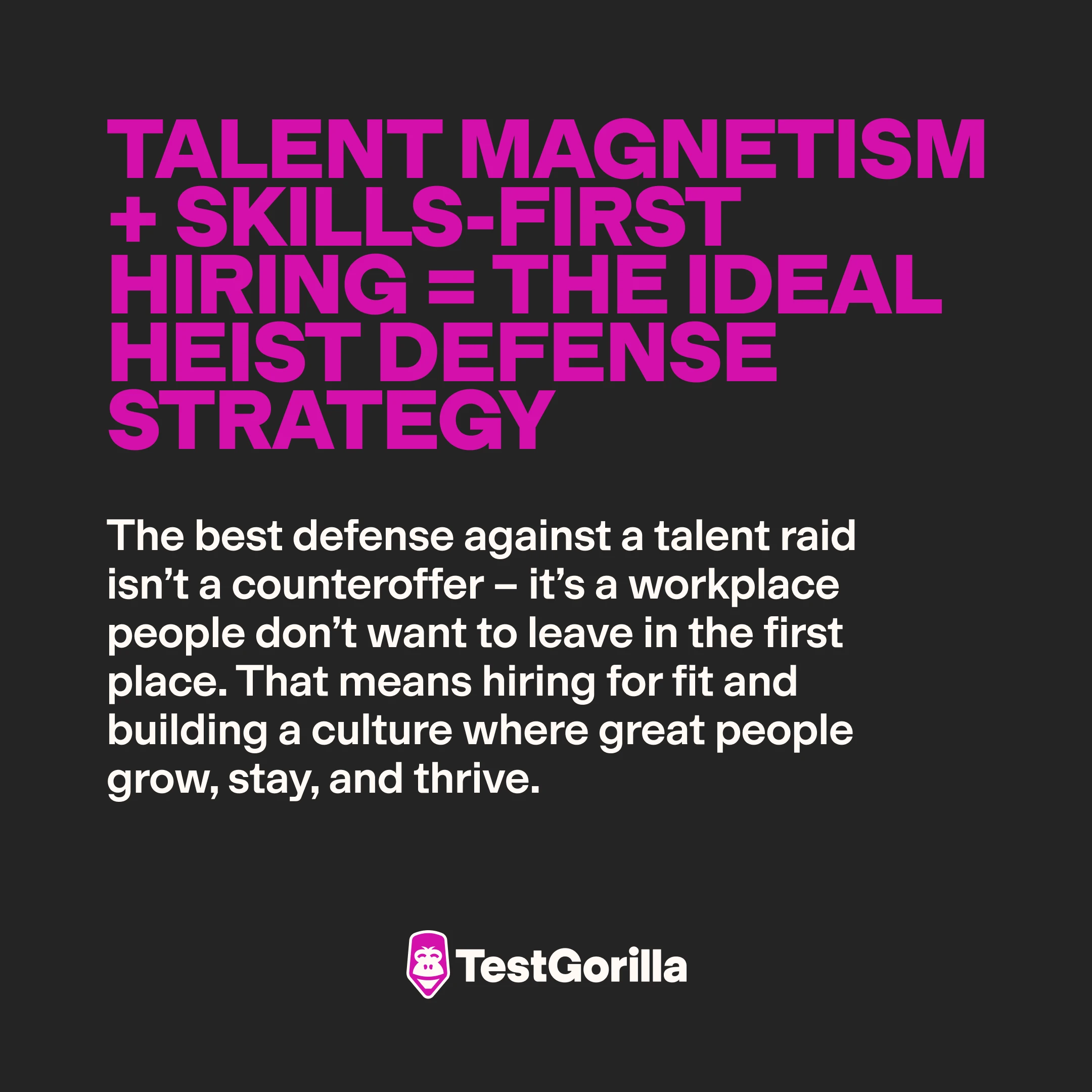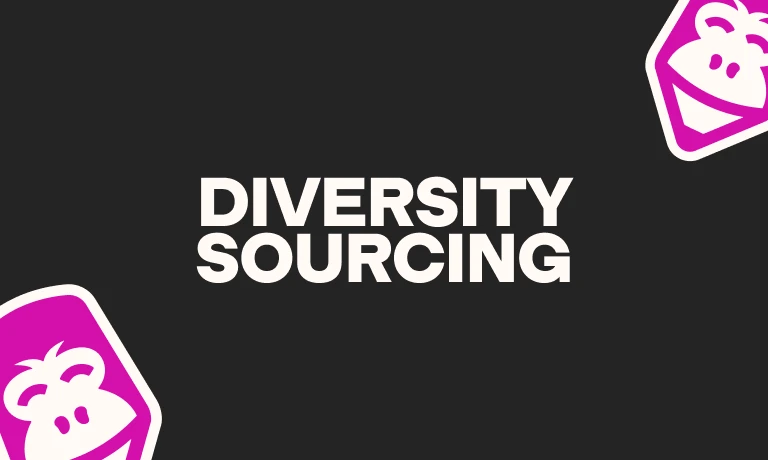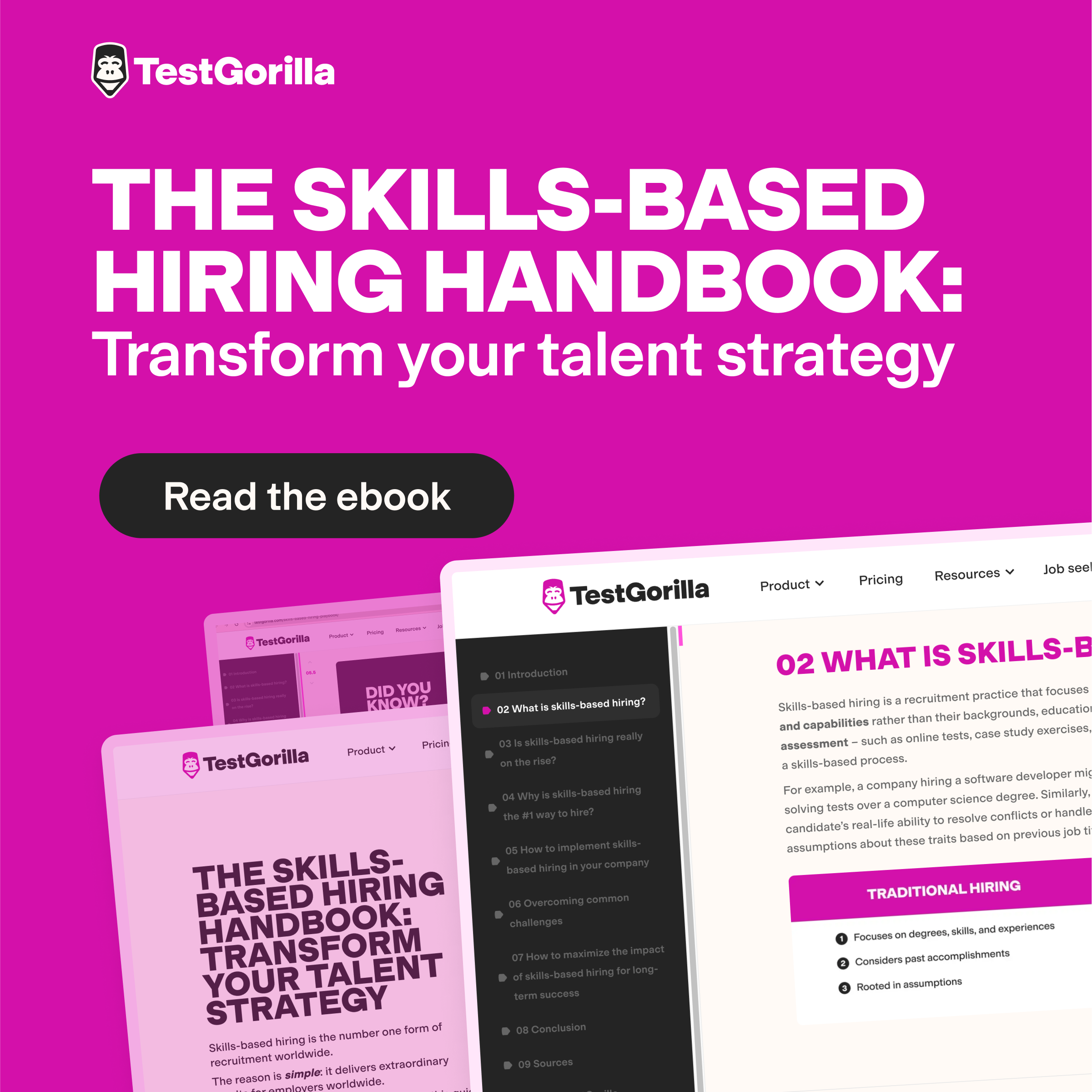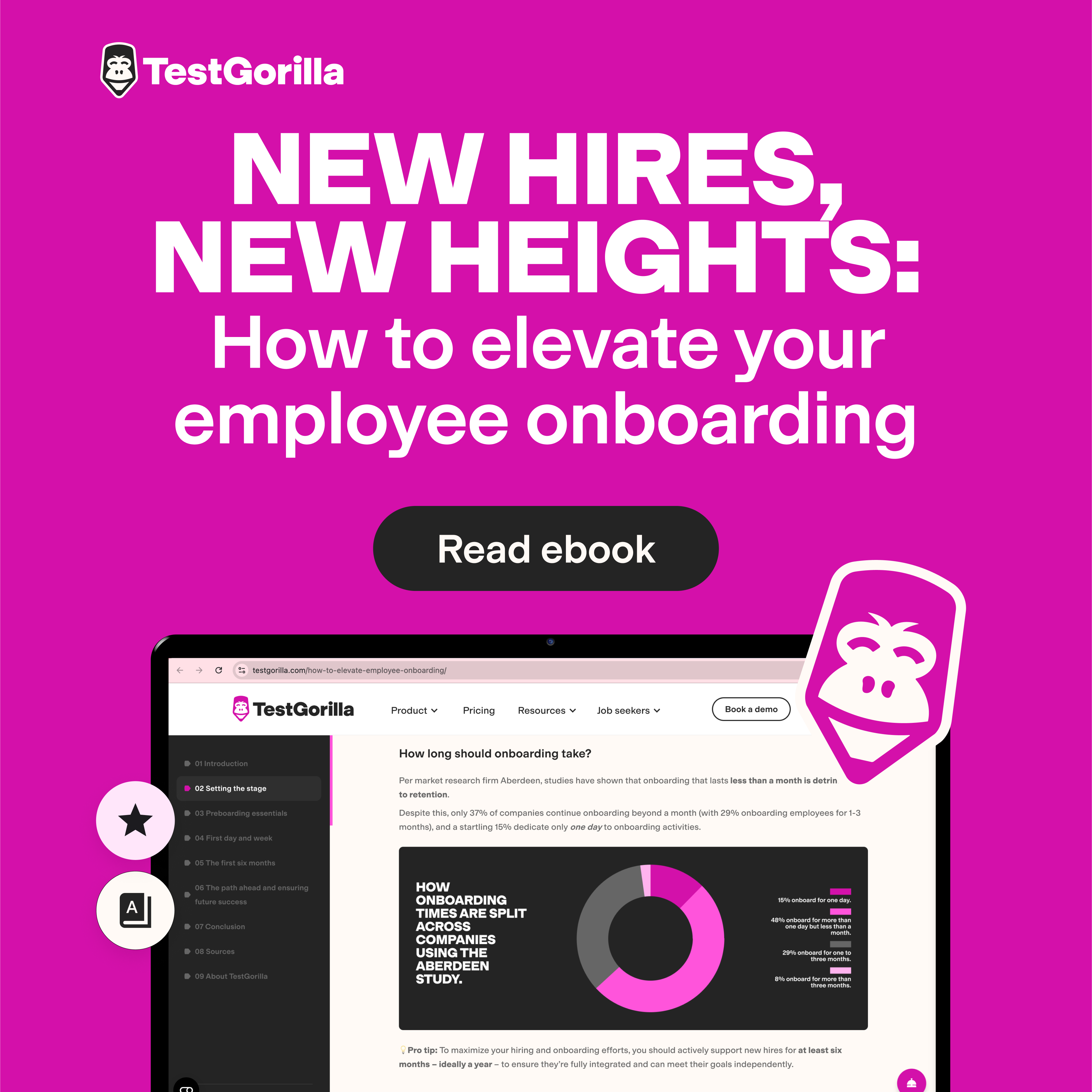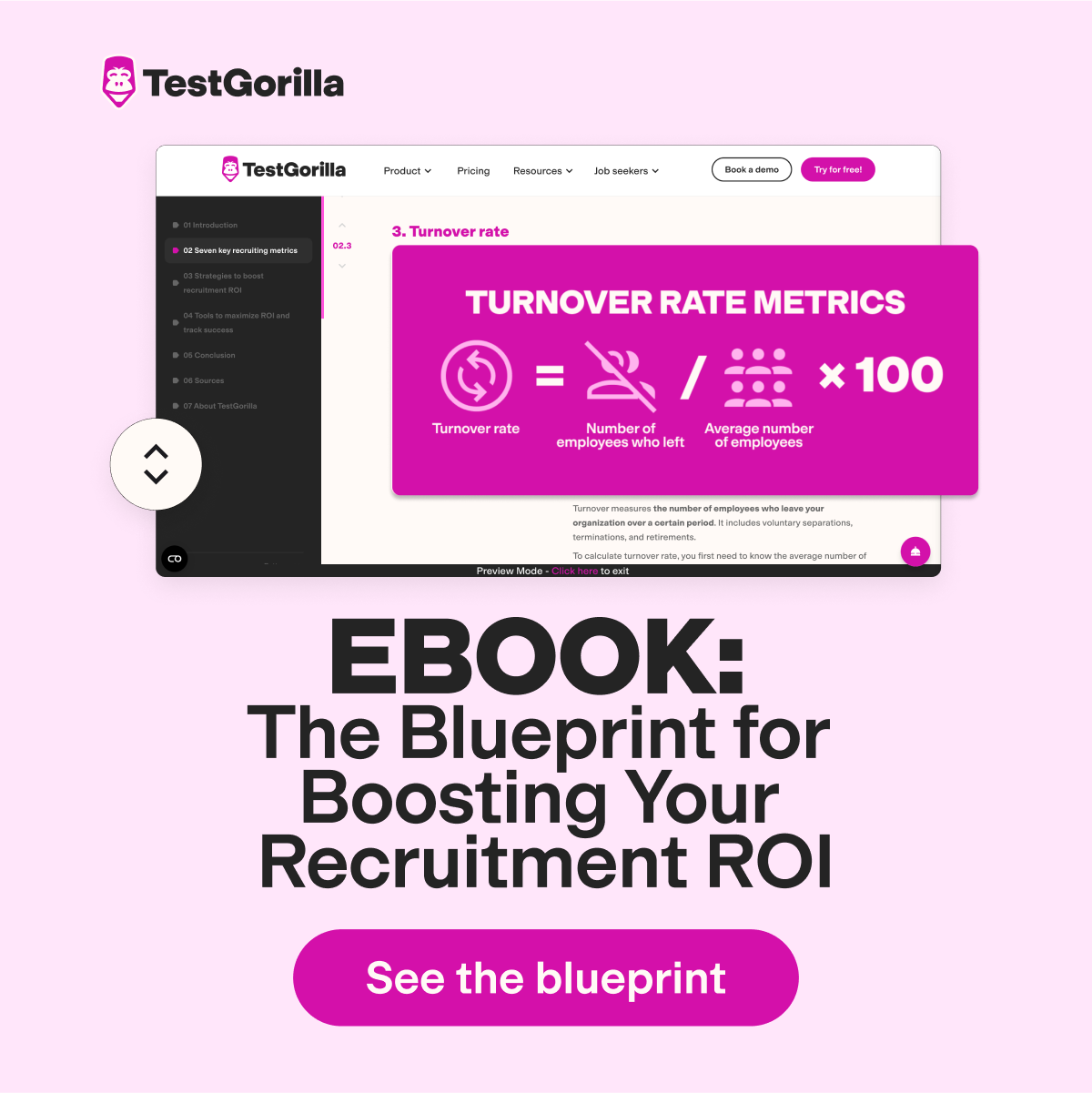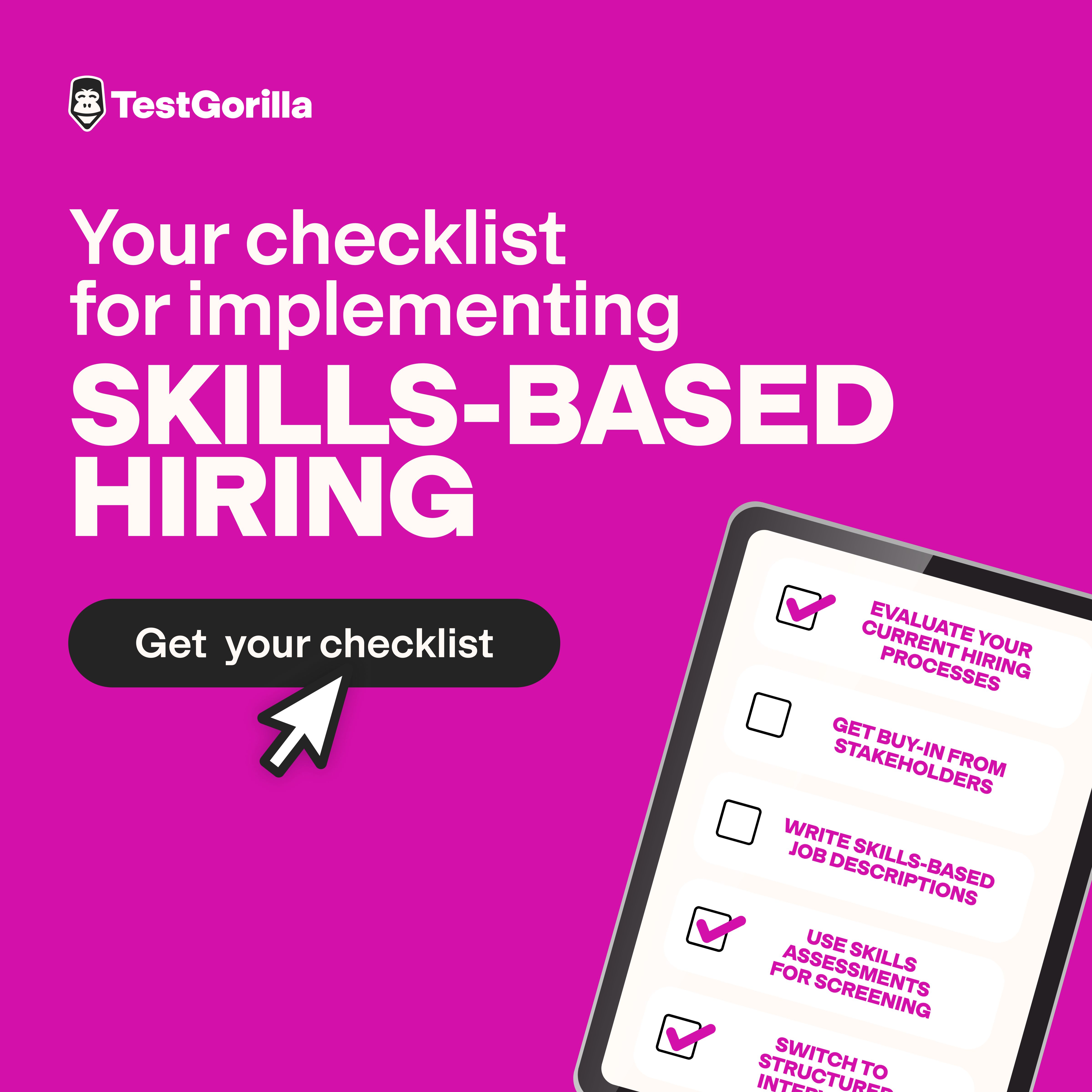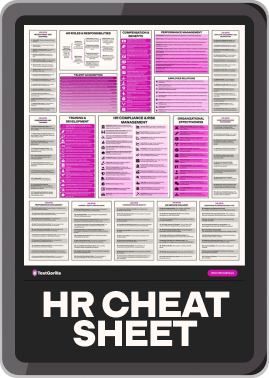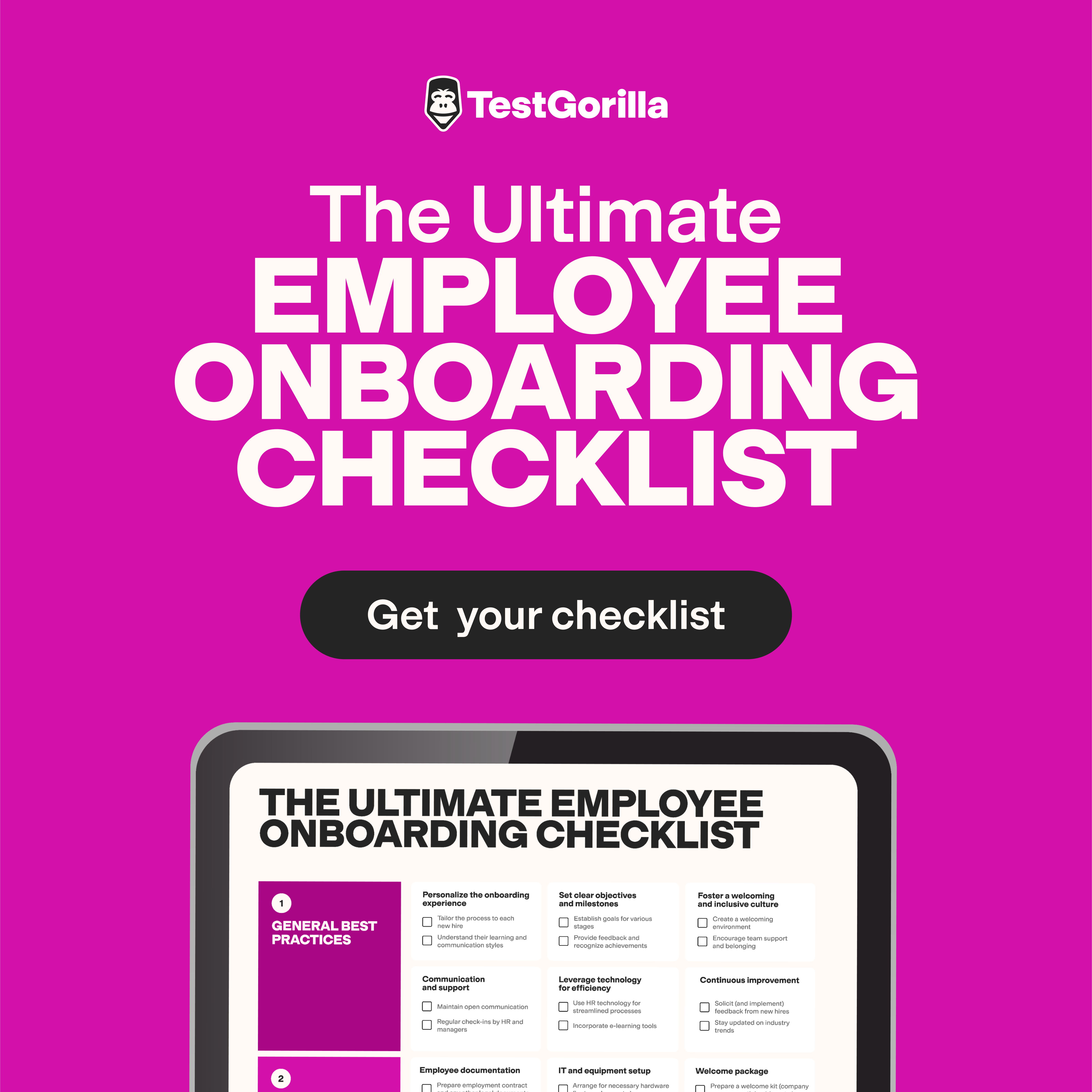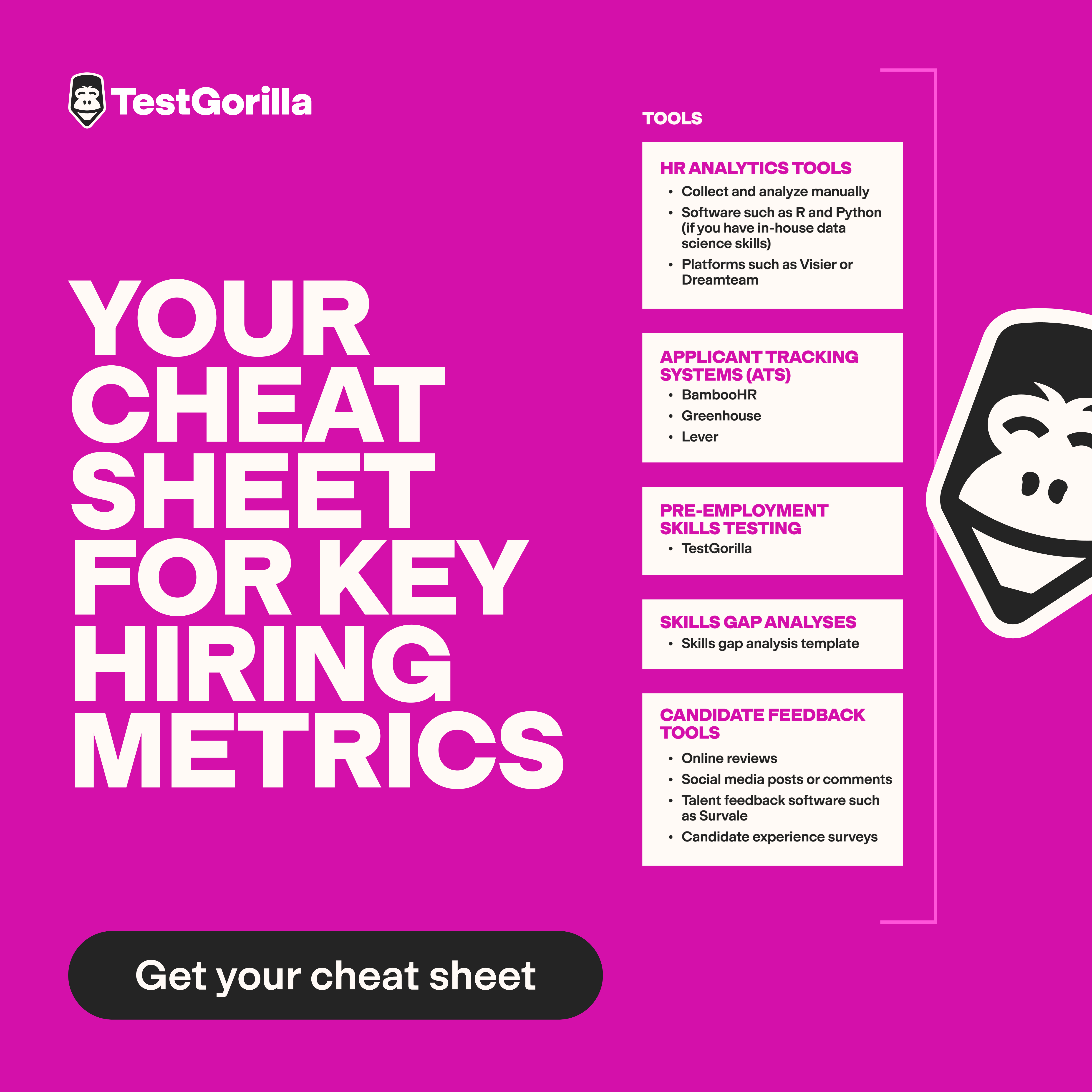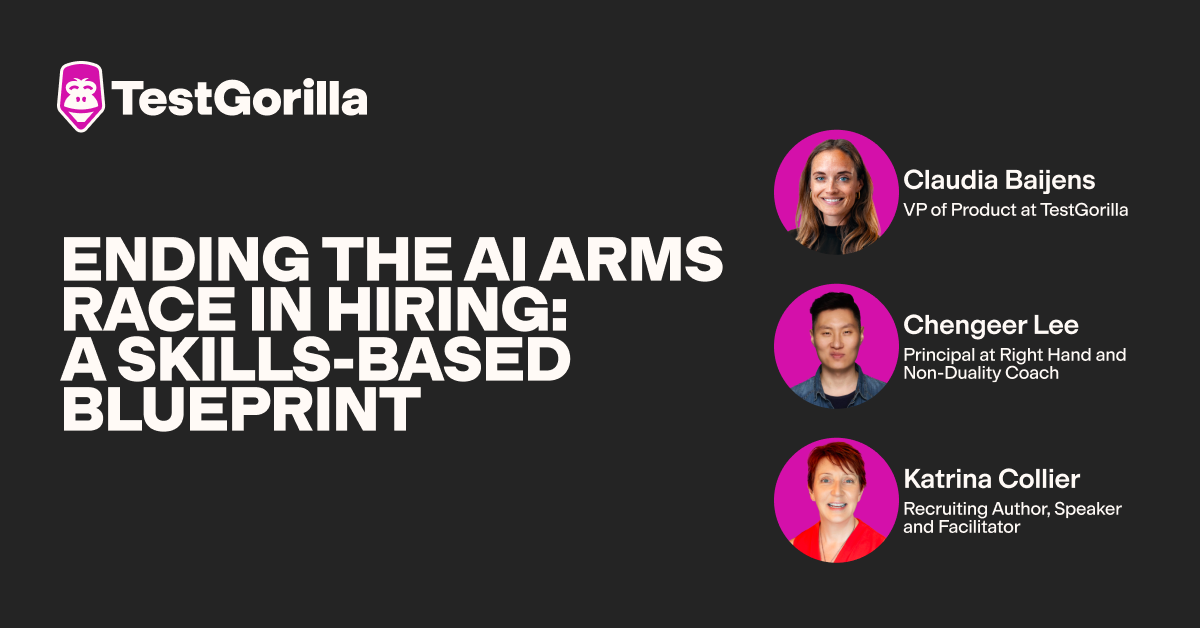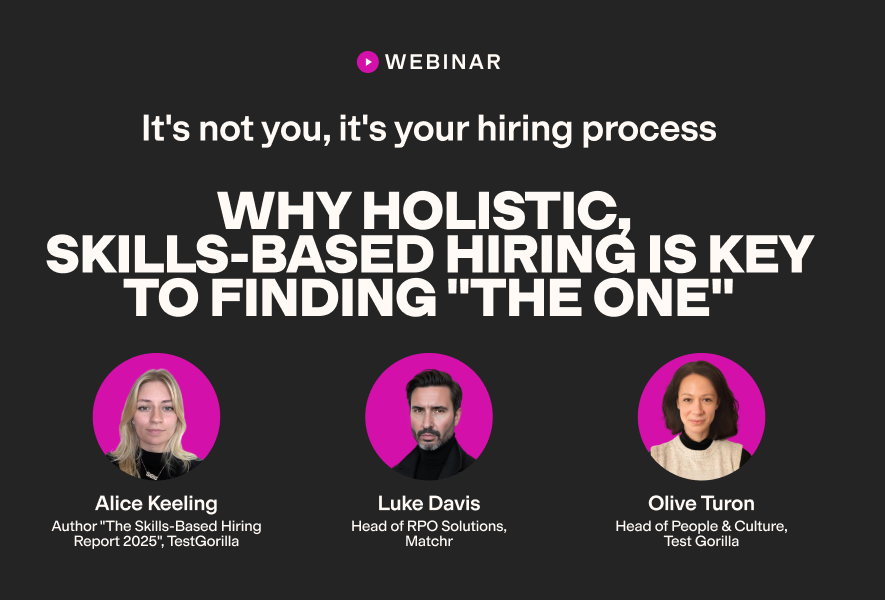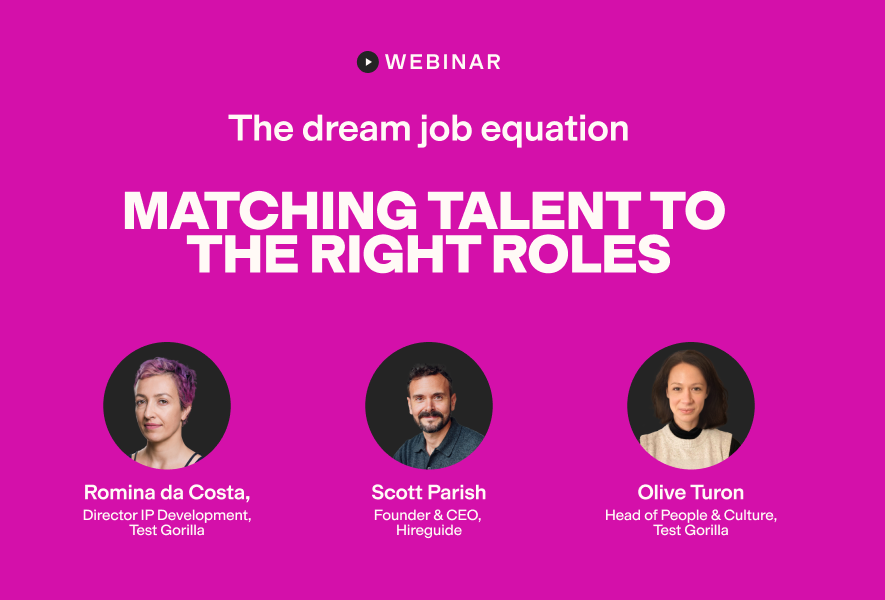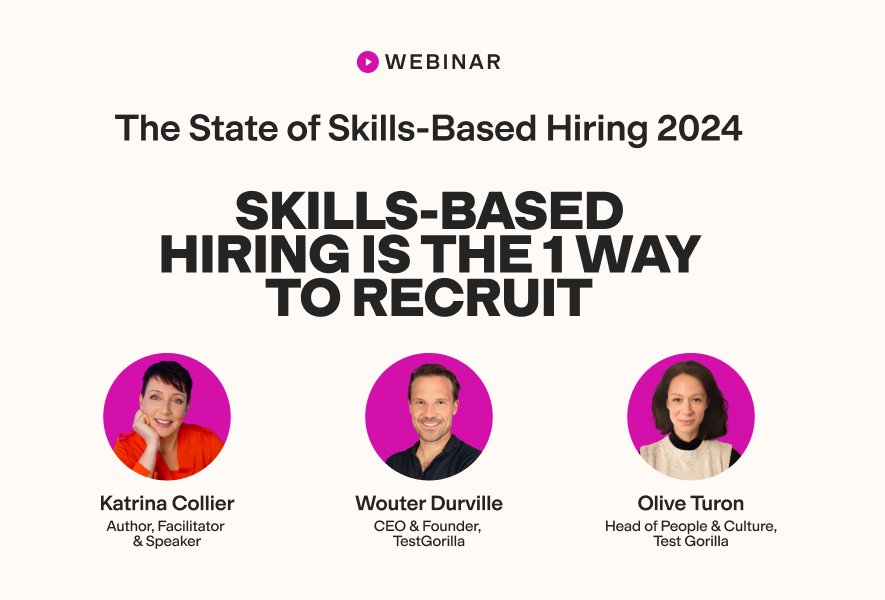The great talent heist: Why people leave and what to do about poaching
The war for talent has evolved from a polite competition to an all-out raid. When Mark Zuckerberg recently authorized compensation packages of up to $300 million over four years to lure AI researchers from OpenAI, he wasn't just hiring employees – he was staging a talent heist.
“I feel a visceral feeling right now, as if someone has broken into our home and stolen something," OpenAI's chief research officer, Mark Chen, wrote in a staff-wide Slack message after Meta recruited four senior OpenAI researchers to join its newly formed Superintelligence Labs.
Chen’s emotion captures what many leaders feel but rarely voice: a profound sense of violation when competitors systematically target their best people.
But here's the uncomfortable truth: talent poaching is often a symptom of deeper organizational problems. The question isn’t whether your best people will be targeted. It’s whether you'll be ready when they are.
Below, we’ll explore why poaching happens, why it’s successful, and why skills-based hiring (for both skills and company culture alignment) is one of the most effective defenses against it.
Table of contents
- Top talent is easier to steal than ever
- Navigating the legal landscape
- Recognizing the warning signs
- Building anti-poaching resilience within your existing teams
- Talent magnetism + skills-first hiring = The ideal heist defense strategy
- What to do if a talent heist still hits
- Winning the talent war starts from within
Top talent is easier to steal than ever
“I'm definitely seeing [talent heists] more and more,” Harry Morton, CEO of Lower Street, tells TestGorilla. “I think it purely comes down to the fact that companies have realized that one standout talent can often outperform three average ones, so top performers are being courted everywhere. The advent of LinkedIn, and personal branding to be more precise, has only made this easier.”
This “one standout talent” philosophy has changed how companies approach hiring. Instead of building larger, average-performing teams, many are opting to poach top-tier individuals who can deliver faster, better results – and elevate the rest of the team while they’re at it.
Meta's recruitment of OpenAI researchers shows how deep this strategy can go. The company didn’t just hire individuals – it acquired networks, chemistry, and collective expertise. When three former OpenAI researchers joined Meta’s Superintelligence team, they brought long-standing relationships from Google DeepMind, helping Meta reassemble proven teams with built-in chemistry.
Yes, poaching top talent like this often comes with a hefty price tag. But companies see it as a worthwhile trade. They’re betting on stronger work, sharper innovation, or a strategic edge.
And when the offer includes better pay, more flexibility, or a stronger alignment with personal values, even the most loyal employees can be tempted. At the right time, with the right offer, almost anyone can be poached.
Navigating the legal landscape
Hiring one standout performer may seem like a win, but when poaching enters legal gray areas, that win can come with hidden risks.
What’s generally permissible
Active recruitment of competitors’ employees, offering higher compensation, and recruiting through professional networks like LinkedIn are standard business practices. The principle of "at-will" employment in most jurisdictions means people can leave their jobs freely.
Where the risks emerge
The legal complications arise when poaching involves trade secrets, intellectual property theft, or violation of specific contractual obligations. This is where strategic human resource management becomes essential – not just to avoid liability, but also to protect organizational knowledge.
Although the Federal Trade Commission (FTC) issued a rule in April 2024 that would ban non-compete clauses, a federal court later set the rule aside, leaving enforcement uncertain. This is a reminder that labor laws remain a moving target, especially as regulators catch up to shifting norms in the competitive hiring landscape.
Legal tools may not stop employees from leaving
It’s a tough pill to swallow, but in some cases, some legal tools won’t prevent top talent from being poached. As Mike Handelsman, CEO of FoamOrder, explains:
“There are certainly legal tools companies can lean on, like no-poaching agreements, where each company agrees not to attempt to recruit employees from each other, or a non-compete clause. But here’s the truth: neither of these measures will actually stop a great employee from moving on if they feel their growth is limited.”
The best insights on HR and recruitment, delivered to your inbox.
Biweekly updates. No spam. Unsubscribe any time.
Recognizing the warning signs
While legal and ethical lines may be blurry, the signs of a potential talent raid are often easy to spot — if you know what to look for.
We’ve observed two common red flags that often signal a talent heist in progress:
Quiet withdrawal
Speaking to TestGorilla, Matt Grammer, CEO of Therapy Trainings, described one key red flag:
“An employee may be considering outside options if they start to quietly withdraw, which could include retreating from meetings, declining opportunities for advancement, or becoming more subdued. The lack of any known conflict or performance issue is what raises this red signal.”
This detachment tends to show up in two ways:
Loss of long-term thinking. As Grammer explains, “this shift in 'emotional investment' frequently comes before turning to consider alternative options. When once-ambitious employees start talking less about the future, it's a telltale sign that they might be thinking about their next chapter.”
Behavioral changes. Increased LinkedIn activity, unusual questions about company policies, or sudden changes in communication patterns often signal that employees are testing their market value or preparing for transitions.
The domino effect
The second red flag is what we call the domino effect: when one employee leaves for a competitor and others follow soon after. This can be a sign that your entire team, rather than just one person, is being targeted.
As one Reddit user described:
“I had a software dev leave and go to work at a competitor who was about 3x the size. About three weeks later I got two more resignations from software devs… Turned out the first guy told the competitor about these great folks he worked with.”
When a high performer walks, they don’t always walk alone. That’s what makes talent raids so damaging: They don’t just cost you one person – they can unravel entire teams.
Building anti-poaching resilience within your existing teams
“Everyone is entitled to seek out the employment that best suits their needs. Would I be pissed off if you sent my graphics gal an offer that was more than I could pay and she took it? Like yeah. That sucks. But I would also understand. People deserve to go where they can thrive the most. [...] My job is to make sure I’m creating the better environment so they don’t want to leave and aren’t tempted by your promises.”
– A small business leader on Reddit
The most effective defense against talent poaching isn’t legal restrictions – it’s creating an environment where leaving your company feels like a career mistake. This requires moving beyond traditional retention thinking toward what we call “talent magnetism” – ensuring your employees stick to your business like magnets.
It’s comprised of three key pillars:
Culture as your competitive advantage
Autonomy and ownership
Mission alignment
Culture as your competitive advantage
While attractive compensation remains important, companies achieving the highest retention rates, even in the face of talent heists, focus on elements that competitors can't easily replicate. The biggest element? Company culture.
“What I've learned through my work is that culture is everything. People today care more than ever about the environment they work in,” Harry Morton tells us. "If you can create a culture where folks feel challenged, supported, and genuinely excited to show up every day, that’s your stickiness.”
Autonomy and ownership
Morton’s insight is particularly relevant for high performers, who are often the first to flee when a more attractive offer comes their way.
“When it comes to high performers specifically, they’re hungry. That hunger is what makes them so great,” Morton explains. “So, give them space to grow. Give them autonomy. If they can’t see what’s next with you, they’ll find it somewhere else.”
Mission alignment
The most resilient workplace cultures help people feel connected to a bigger purpose. When employees see how their work contributes to something meaningful, it’s harder for outside offers to compete – not just on salary, but on a sense of fulfillment. This kind of emotional connection can be measured through culture assessments and intentionally nurtured over time.
Talent magnetism + skills-first hiring = The ideal heist defense strategy
The best defense against a talent raid isn’t a counteroffer – it’s a workplace people don’t want to leave in the first place. That means hiring for fit and building a culture where great people grow, stay, and thrive.
It starts with how you hire. Skills-based hiring helps you find candidates who are capable in practice – not just qualified on paper.
A pillar of skills-based hiring is talent assessments – tools that measure real-world ability, behavioral traits, cultural add, and more. By evaluating candidates on what they can do and how well they’re likely to mesh with your team, you make more confident, informed hiring decisions. When employees feel set up for success from day one, they’re also much less likely to be tempted by outside offers.
And the proof is out there: For our 2025 State of Skills-Based Hiring report, we spoke with more than 1,000 individuals involved in hiring, and 91% said skills-based hiring led to better employee retention. Most also said it helped uncover high-potential talent they might have otherwise overlooked.
But, of course, even the best hires won’t stick around without a reason to. That’s where talent magnetism comes in.
Teams that are tough to poach from tend to share a few traits:
People see a future for themselves
The work feels meaningful
Everyone is supported, challenged, and growing
This kind of environment doesn’t happen by accident. It’s built on strong performance management, clear growth paths, and a commitment to developing people over time.
Instead of reacting to poaching with last-minute pay rises, resilient teams focus on talent development from within. When people grow in their roles, build new skills, and feel like they’re getting somewhere, they’re less likely to go looking for “better” – because they already have it.
Within this type of environment, when someone does leave, they’re not just walking away from a job – they’re leaving a community. That’s one of the most powerful defenses against turnover.
Get both pieces right – hire for real skills and build a place people want to stay – and you won’t just prevent talent heists. You’ll build true employee satisfaction and create a company your workers are proud to grow with.
What to do if a talent heist still hits
Even if you do everything right, there’s a chance employees could still get poached. That’s just today’s reality.
When key people decide to move on, the best response is to stay grounded and think long-term.
Avoid panic-driven reactions, such as chasing people with counteroffers or scrambling to fill roles. These short-term fixes can address symptoms, but they rarely solve underlying problems.
Instead, lean on your human resources (HR) team for stability. They can help assess the situation clearly, maintain consistent communication, and protect employee relations during turbulent moments. That matters far more than a quick fix.
But above all, respect talent mobility. Harry Morton puts it best: “Let's also be real: you don't own your employees. They're not bound to you. They're choosing to spend part of their life building your company, and for that, you owe them respect. If someone decides to leave, you do what you can to keep them, but if their mind is made up, let them go with grace.”
When you treat departures as opportunities rather than losses, talent leaving today can turn into valuable connections tomorrow – through referrals, boomerang hires, or simply a stronger company reputation.
Winning the talent war starts from within
“At the end of the day, contracts and legal guardrails might provide short-term protection [against talent poaching], but it's still up to you to create the kind of environment in which your employees can thrive.”
– Mike Handelsman, CEO of FoamOrder
The question isn’t whether your talent will be targeted by poachers. It’s whether you’ll be ready to give them every reason to stay. Because in the end, the companies that win the talent war aren’t the ones who steal the most people – they're the ones who make their best people genuinely unstealable.
Want to get started with skills-based hiring to make your team poach-proof? Book a demo or create a free TestGorilla account today.
You've scrolled this far
Why not try TestGorilla for free, and see what happens when you put skills first.


